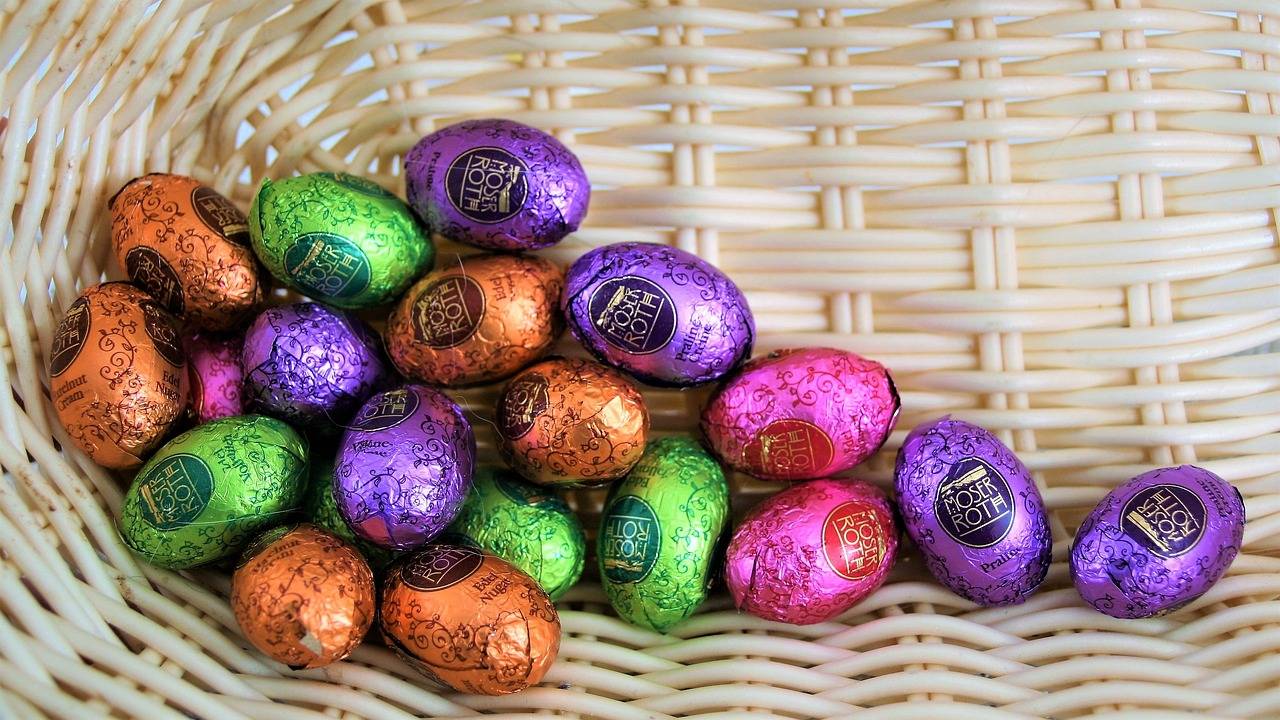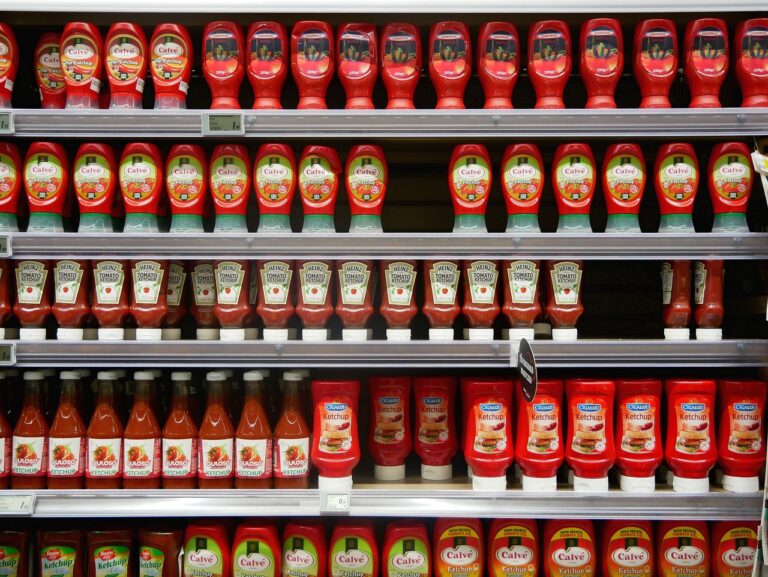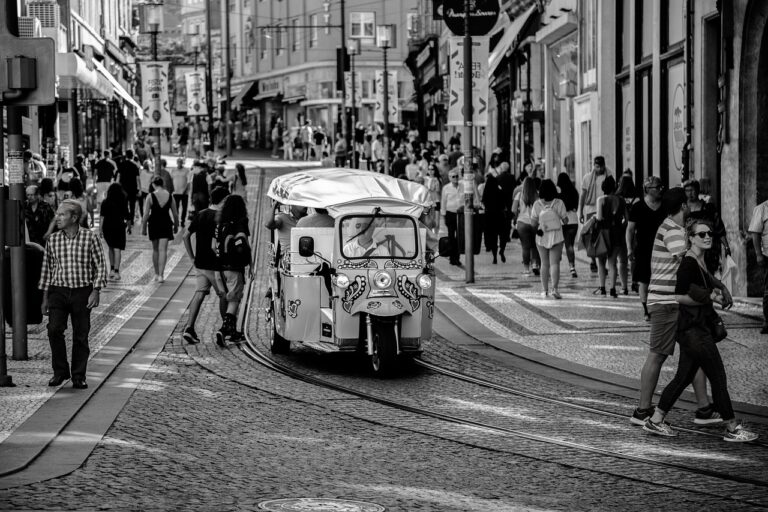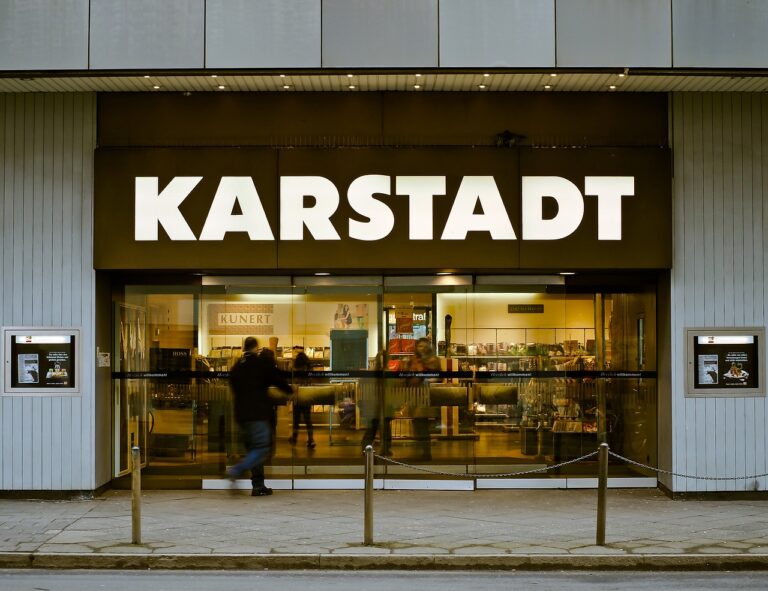The Role of Multicultural Beauty in the Global Market
Multicultural beauty trends are influenced by a myriad of factors that shape the perceptions of beauty across different cultures. One key factor is globalization, which has led to the sharing of beauty ideals and practices from diverse regions around the world. As people are exposed to a variety of beauty standards through travel, media, and the internet, the concept of beauty becomes more inclusive and diverse.
Moreover, immigration and the movement of people across borders play a significant role in shaping multicultural beauty trends. As individuals with different cultural backgrounds come together in diverse communities, there is a blending of beauty traditions and practices. This fusion of beauty ideals creates a rich tapestry of aesthetics that celebrate diversity and uniqueness.
Historical Evolution of Beauty Standards
Throughout history, beauty standards have continuously evolved, reflecting the cultural, societal, and economic norms of different eras. In ancient times, beauty was closely linked to ideals of health, fertility, and prosperity. For instance, in ancient Egypt, women adorned themselves with elaborate cosmetics and jewelry to enhance their beauty and signify their social status.
As societies developed, beauty standards transitioned to emphasize features that were perceived as more refined or elite. During the Renaissance period in Europe, voluptuous figures and pale skin became fashionable, symbolizing wealth and leisure. These shifting ideals shaped not only how individuals were perceived within their communities but also influenced the fashion and beauty industries of the time.
Impact of Social Media on Multicultural Beauty
Social media platforms have played a significant role in shaping multicultural beauty trends in recent years. With the rise of influencers and beauty content creators from diverse backgrounds, there has been a shift towards celebrating a broader range of beauty standards. This has allowed individuals from various ethnicities and cultures to feel represented and included in the beauty industry.
Furthermore, social media has provided a platform for people to share their own unique beauty rituals and traditions, helping to popularize diverse beauty practices worldwide. Through the power of hashtags and trends, users are exposing each other to different perspectives on beauty, fostering a more inclusive and accepting beauty community. As a result, social media has not only influenced how beauty is perceived but has also played a crucial role in promoting diversity and empowerment in the beauty industry.





